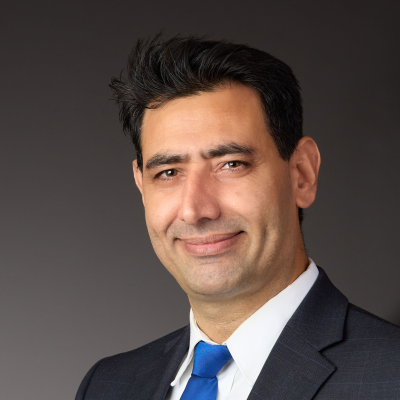Muhammad Rabnawaz, Ph.D.
Biography:
Muhammad Rabnawaz, Ph.D., has been a Full Professor for the Michigan State University (MSU) School of Packaging. He joined the School of Packaging in August 2016. In 2013, he earned a Ph.D. from Queen’s University, Canada, in polymer chemistry, and held postdoctoral positions at Queen’s University between 2013 and 2015, as well as the University of Illinois (Champaign-Urbana) between 2015 and 2016.
Currently, he is pursuing research in the field of polymer science encompassing sustainable materials and multifunctional materials. One of his missions is to create a new generation of highly skilled workforce, reduce plastic waste from the packaging industry, and create end-of-life solutions for waste plastics. He teaches multiple courses including Packaging with Plastics, an undergraduate-level course; Advanced Polymer Synthesis, a graduate-level course; and Packaging Sustainability and Recycling, a graduate-level course.
Dr. Rabnawaz has authored over 90 refereed publications in leading scientific journals, is the co-author of the renowned book Plastics Packaging (4th edition), and is the author of the famous Sustainable Packaging Materials: Winning Solutions. Additionally, he holds more than 70 patents (pending or issued) within the U.S. and internationally, including at least 10 that are licensed, sub-licensed, or optioned.
Dr. Rabnawaz has received several prestigious accolades, including the National Science Foundation CAREER Award in 2021, MSU’s Innovator of the Year award in 2021, senior member status in the National Academy of Inventors (NAI) in 2022, the College of Agriculture and Natural Resources Faculty Laureate award in 2022, and the honor of being named a Fellow of the National Academy of Inventors in 2024. Dr. Rabnawaz is also co-founder of a couple of companies related to his MSU technologies. He is also a knowledge partner for “Circular Great Lakes” with a zero-plastic mission (https://councilgreatlakesregion.org/circular-great-lakes-launches-to-combat-plastic-waste-and-pollution/).
Learn more about his research:
Sustainable Materials Group
Related Work
-
Team of MSU researchers awarded EPA grant to further sustainable packaging initiative
Published on October 7, 2024
-
CANR dean announces new faculty award
Published on January 10, 2023
-
MSU School of Packaging receives grants to develop two new processes to recycle and reuse plastics
Published on July 9, 2021




![Sustainable Packaging Materials: A Guide for Industry Professionals by [Muhammad Rabnawaz]](https://m.media-amazon.com/images/I/51z1zsy0K2L.jpg)




 Print
Print Email
Email